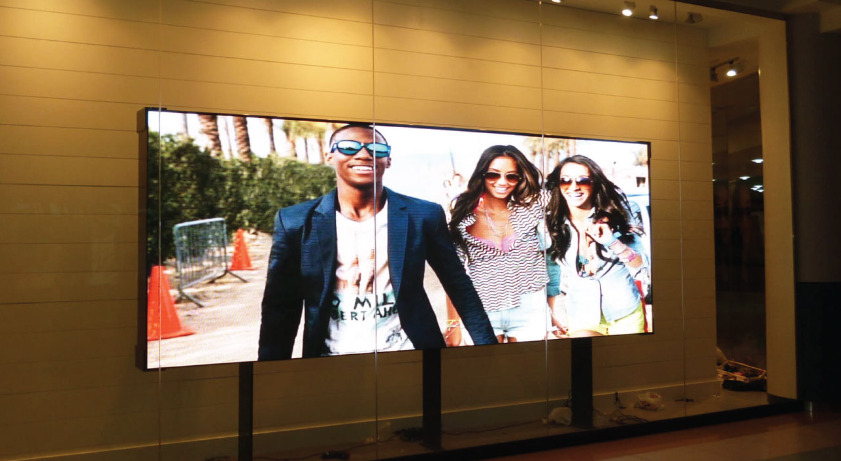What is LED Display?
An LED (Light Emitting Diode) display is a flat panel display technology that uses an array of light-emitting diodes as pixels to form an image. The LEDs can emit different colored lights by varying the energy flow to create a full color display. LED displays are used for various applications, from small indicator lights to gigantic billboards and stadium screens. Compared to other display technologies like LCD, LED displays offer benefits like high brightness, wide viewing angles, and high durability.
What is Outdoor LED Display?
Outdoor LED displays are designed to withstand diverse environmental conditions and operate in bright ambients like direct sunlight. They utilize high-power LEDs and specialized components to achieve visibility in outdoor settings. Outdoor LED displays are widely used for billboards, media facades, stadium screens, stage backgrounds and other applications where high legibility in varied lighting is required. Their robust build makes them suitable for outdoor advertising, events, and public viewing over long durations.
What is Indoor LED Display?
Indoor LED displays utilize LED panels optimized for indoor use, where controlled lighting is present. They employ LEDs with lower power consumption compared to outdoor displays, but focus on higher pixel density and advanced visual features. Indoor LED displays are commonly used in offices, schools , malls, studios, and other indoor venues to display information, visuals, and video content. Their refined design focuses on high visual quality at closer viewing distances.
Features of LED Display Industry
-
Rapid growth: The LED display market has charted high growth over the past decade, driven by falling LED prices and the popularity of video walls, transparent displays, and other innovations. Market value is expected to surpass $40 billion by 2027.
-
Improving energy efficiency: LED tech offers reduced power consumption compared to older displays. Advances continue to lower energy use through efficient LED packaging and electronics.
-
Increasing convenience: LED displays allow remote control and monitoring, along with easy content updating over networks. Their modular design also simplifies maintenance.
-
Wider adoption: LED screens are now ubiquitous across media, retail, sports, and other sectors. Outdoor LED billboards and stadium screens have also gained prominence.
-
Emerging applications: From transparent LED screens to micro LED displays, new form factors and capabilities are expanding applications for the technology.
Features of LED Display Products
-
High brightness: LED displays utilize bright high-power LEDs to achieve clear visibility and wash out ambient light. Outdoor variants have exceptionally high brightness.
-
Wide color gamut: LED screens can reproduce a wide array of colors, especially using advanced LED compositions and control electronics.
-
High refresh rate: LED displays can achieve high refresh rates, reducing motion blur. High frame rate video playback is also enabled.
-
Energy efficiency: LED displays consume much less power than older illumination technologies. Efficiency continues to improve.
-
Reliability: LEDs last for tens of thousands of hours with minimal loss of brightness if properly driven. They have no fragile filaments.
-
Flexibility: LED displays allow creative configurations like video walls, concave/convex shapes, and transparent designs.
-
Instant on/off: LED screens switch on and off instantly compared to slow warm up of older displays. Their emissivity also adjusts rapidly.
What’s the Difference Between Outdoor LED Display and Indoor LED Display?
Outdoor LED Display vs. Indoor LED Display:Brightness
When comparing Outdoor LED Display and Indoor LED Display regarding brightness, both types of displays can achieve high brightness, but outdoor LED displays are designed for much higher brightness levels.
-
Outdoor LED Display Brightness: Outdoor LED displays are designed to withstand bright outdoor environments and direct sunlight. Their brightness can reach 10,000 nits or even higher.
-
Indoor LED Display Brightness: Indoor LED displays typically only require peak brightness levels around 800 to 1500 nits, adequate for indoor lighting conditions.
Outdoor LED Display vs. Indoor LED Display:Operating Temperature Range
When comparing Outdoor LED Display and Indoor LED Display regarding operating temperature range, outdoor LED displays are built to withstand a much wider range of temperatures.
-
Outdoor LED Display Temperature Range: Outdoor LED displays use industrial-grade components rated for -20°C to 50°C or even wider ranges.
-
Indoor LED Display Temperature Range: Indoor LED displays only need to operate between 0°C and 40°C, within temperature-controlled indoor environments.
Outdoor LED Display vs. Indoor LED Display:Waterproofing
When comparing Outdoor LED Display and Indoor LED Display regarding waterproofing, outdoor LED displays are fully enclosed and waterproofed while indoor displays do not require waterproofing.
-
Outdoor LED Display Waterproofing: Outdoor LED cabinets are fully sealed and use weather-resistant components to enable all-weather operation.
-
Indoor LED Display Waterproofing: Waterproofing is not needed for indoor LED displays designed for dry controlled indoor environments.
Outdoor LED Display vs. Indoor LED Display: Mechanical Structure
When comparing Outdoor LED Display and Indoor LED Display regarding mechanical structure, outdoor displays require much more rugged structural construction.
-
Outdoor LED Display Structure: Heavy-duty cabinets, mounting points, and chassis are used to stand outdoor elements.
-
Indoor LED Display Structure: Lightweight aluminum or plastic materials with simpler structural support are adequate for indoor LEDs.
Outdoor LED Display vs. Indoor LED Display:Installation and Maintenance
When comparing Outdoor LED Display and Indoor LED Display regarding installation and maintenance, outdoor displays require more complex procedures.
-
Outdoor LED Display Installation: Large cranes, rigging, and trained crew needed for outdoor LED wall installation and service.
-
Indoor LED Display Installation: Indoor LED walls use simpler installation hardware and rear access for maintenance.
Outdoor LED Display vs. Indoor LED Display: Content Brightness
When comparing Outdoor LED Display and Indoor LED Display regarding content brightness, outdoor displays require extremely high content brightness.
-
Outdoor LED Display Content Brightness: Very high brightness and contrast is needed to overcome washout from sunlight.
-
Indoor LED Display Content Brightness: Standard brightness matching indoor lighting levels is sufficient for indoor LED content.
Outdoor LED Display vs. Indoor LED Display:Viewing Distance
When comparing Outdoor LED Display and Indoor LED Display regarding viewing distance, outdoor displays are designed for longer distance viewing.
-
Outdoor LED Display Viewing Distance: Outdoor displays are sized for viewing from 100 feet away or further.
-
Indoor LED Display Viewing Distance: Indoor displays are designed for a 4-10 feet viewing distance.
Outdoor LED Display vs. Indoor LED Display:Lifespan
When comparing Outdoor LED Display and Indoor LED Display regarding lifespan, outdoor displays typically have a shorter rated lifespan.
-
Outdoor LED Display Lifespan: Outdoor LED lifespan is 50,000-100,000 hours due to environmental stress.
-
Indoor LED Display Lifespan: Indoor LEDs can have a lifespan exceeding 100,000 hours in controlled indoor conditions.
Outdoor LED Display vs. Indoor LED Display:Power Supply
When comparing Outdoor LED Display and Indoor LED Display regarding power supply, outdoor displays require heavy-duty centralized power systems.
-
Outdoor LED Display Power Supply: Robust PSUs with redundancy are used to stand outdoor elements.
-
Indoor LED Display Power Supply: Indoor LEDs use simpler distributed power supply configurations.
Outdoor LED Display vs. Indoor LED Display:Cost
When comparing Outdoor LED Display and Indoor LED Display regarding cost, outdoor LED displays have a higher cost.
-
Outdoor LED Display Cost: More expensive components and construction increase costs for outdoor LEDs.
-
Indoor LED Display Cost: Indoor LED displays are cheaper by up to 50% compared to outdoor variants.
What are the Similarities Between Outdoor LED Display and Indoor LED Display?
Despite the differences suited for their distinct applications, outdoor and indoor LED displays share many common attributes:
-
Modular panel design containing LED pixels, electronics, and structural housing.
-
Capability to display rich colorful video, graphics and text content at high refresh rates without flickering.
-
Options for various resolutions and pixel pitches based on viewing distance needs.
-
Video processing capabilities including color control, gamma/degamma tuning, failover handling.
-
Interfaces for easy content loading and remote display control over wired/wireless networks.
-
Highly configurable into custom sizes through seamless panel tiling and varied aspect ratios.
-
Consistent color and brightness across the display through color calibration and equalization.
-
Durable solid-state electronic design with high demonstration reliability and shock resistance.
-
Future-proof support for higher resolutions and capabilities through modular upgrades.
Conclusion
In summary, outdoor and indoor LED displays have distinct optimized for their intended use. designs Outdoor LED displays are engineered to withstand harsh outdoor conditions like bright sunlight, heat, moisture and more. With adequate brightness and rugged construction, outdoor LED displays deliver vivid visuals viewable even in direct sunlight. Indoor LED displays focus more on maximizing resolution and image quality. With controlled lighting conditions, indoor LEDs can achieve incredibly high pixel density and color accuracy for stunning visuals. Both indoor and outdoor LED displays leverage LED technology to enable dynamic digital signage and video walls for advertising, entertainment and more. As costs fall, LED displays are being adopted more widely for both indoor and outdoor environments.Their versatility enables visually engaging communication tailored to specific applications. With ongoing innovation, LED displays will continue transforming spaces through immersive and interactive digital experiences.
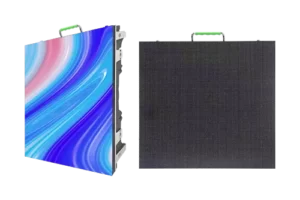
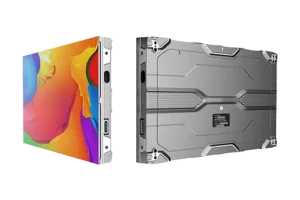

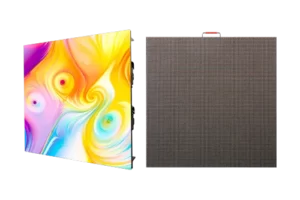


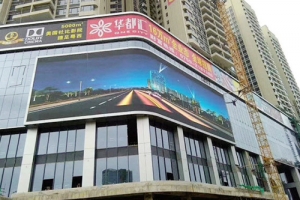

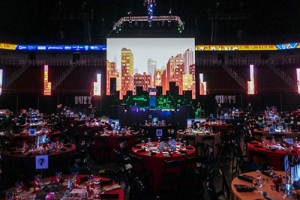
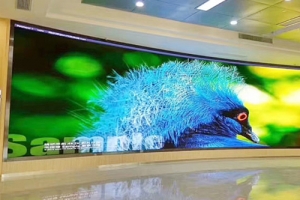
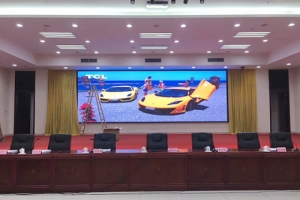
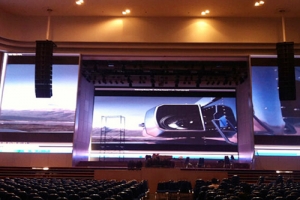

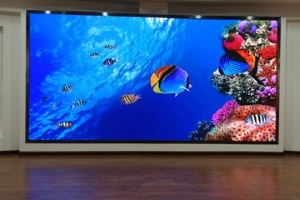

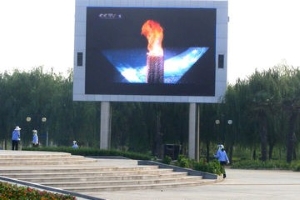
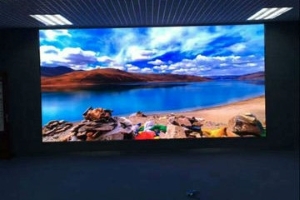

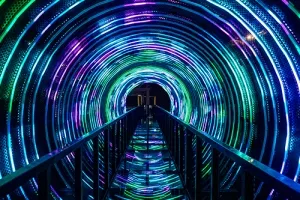
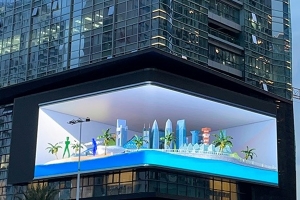


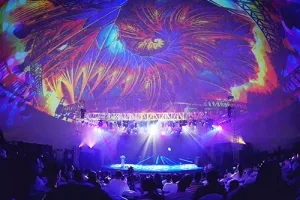

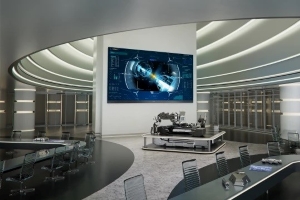






 Language
Language 







